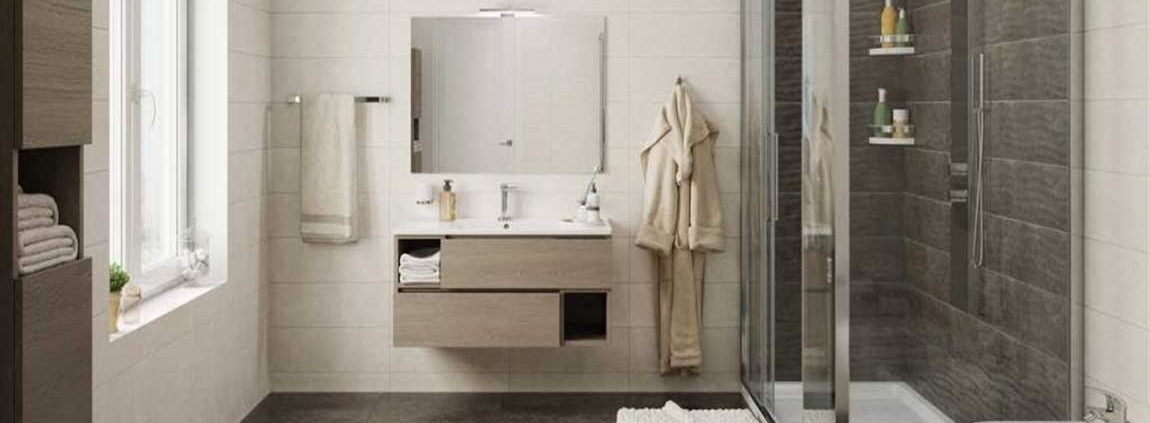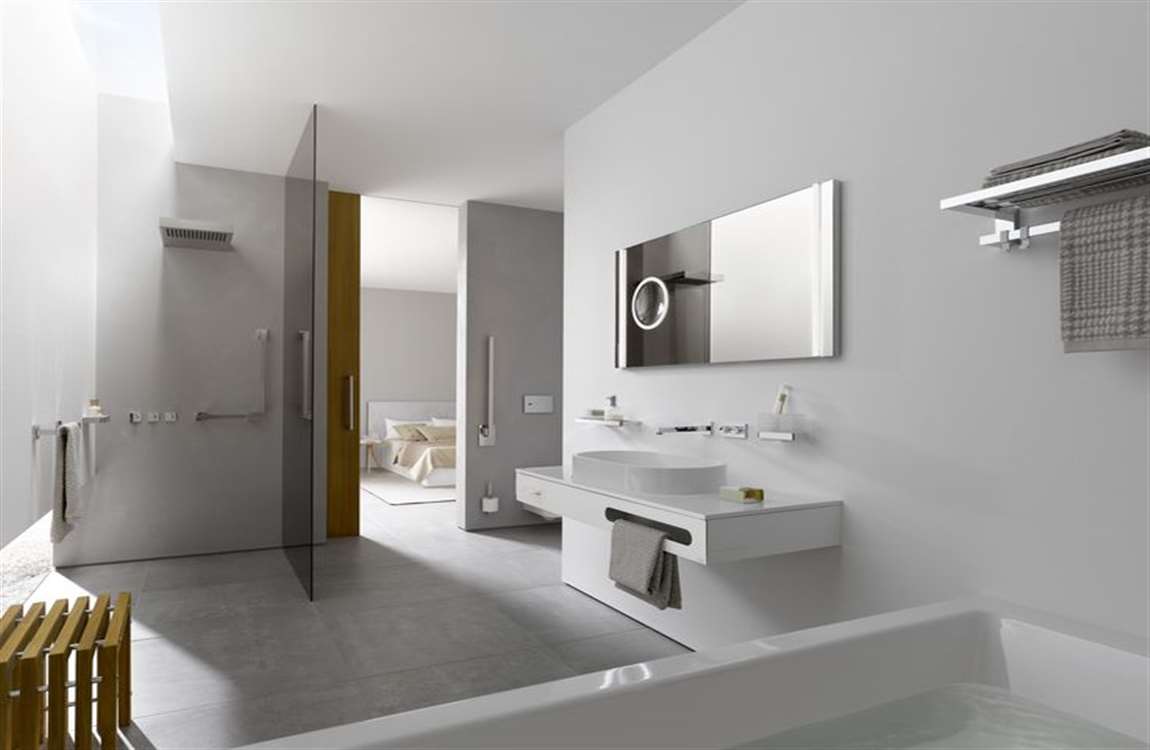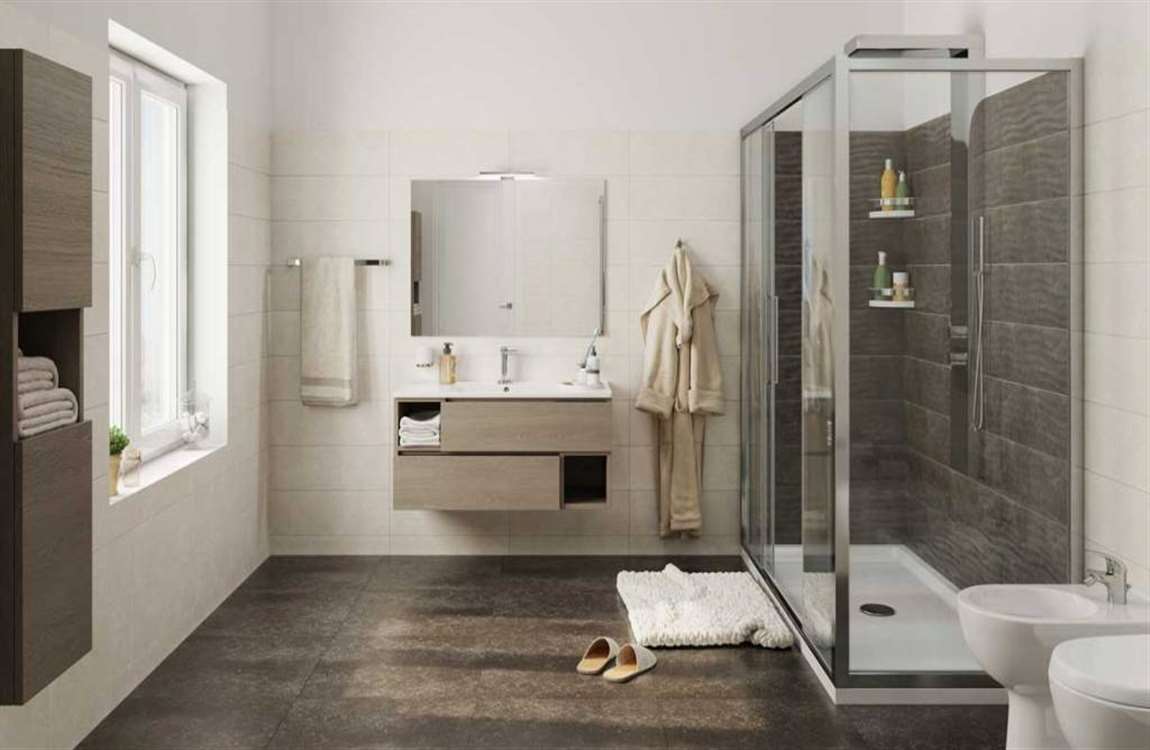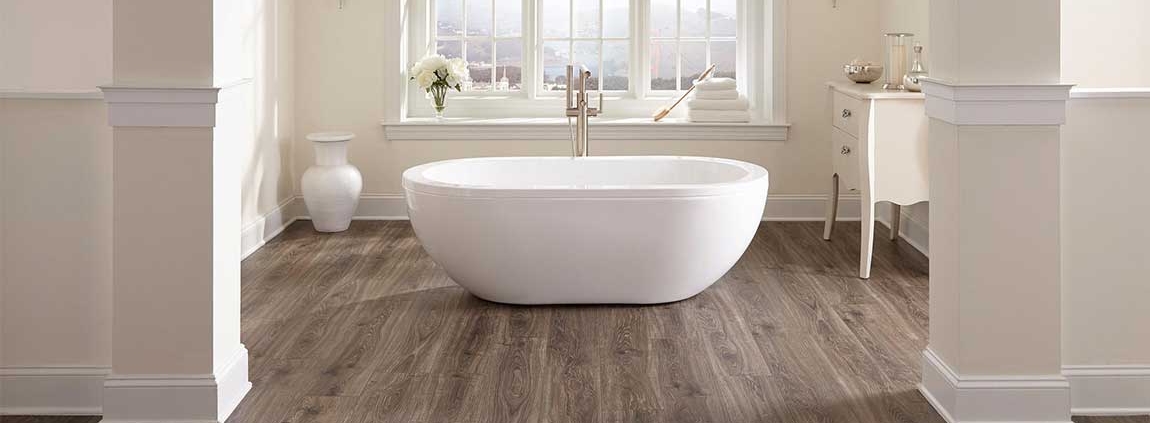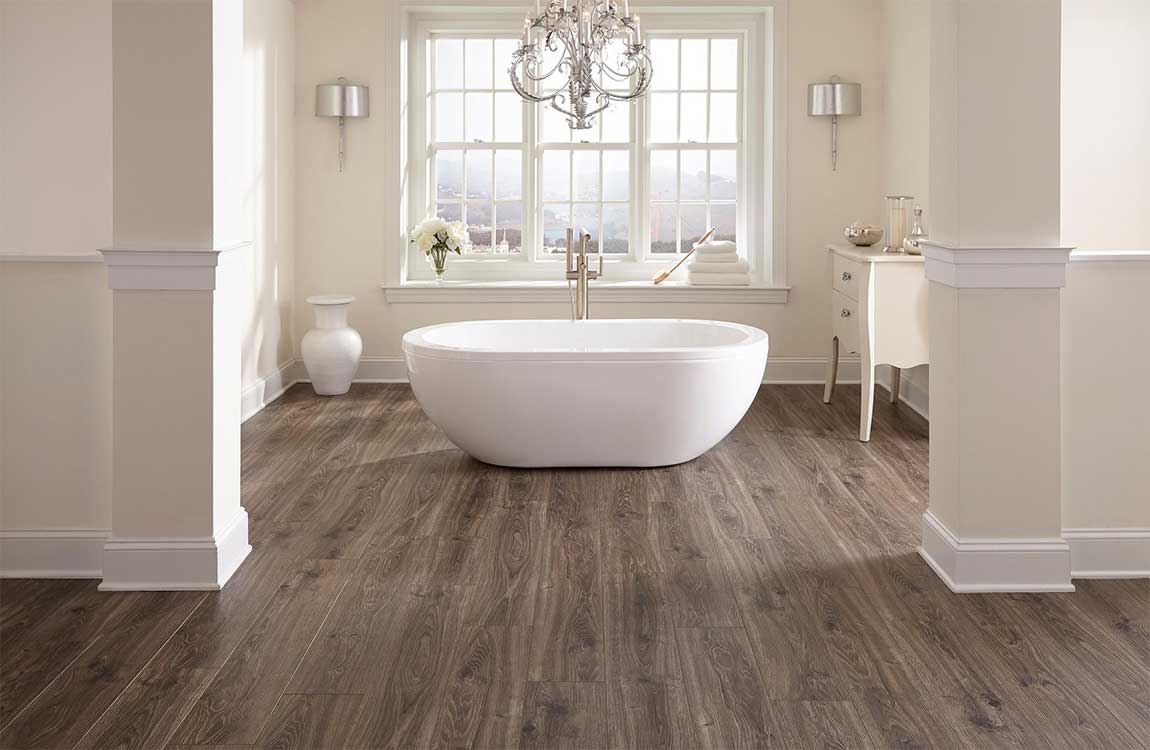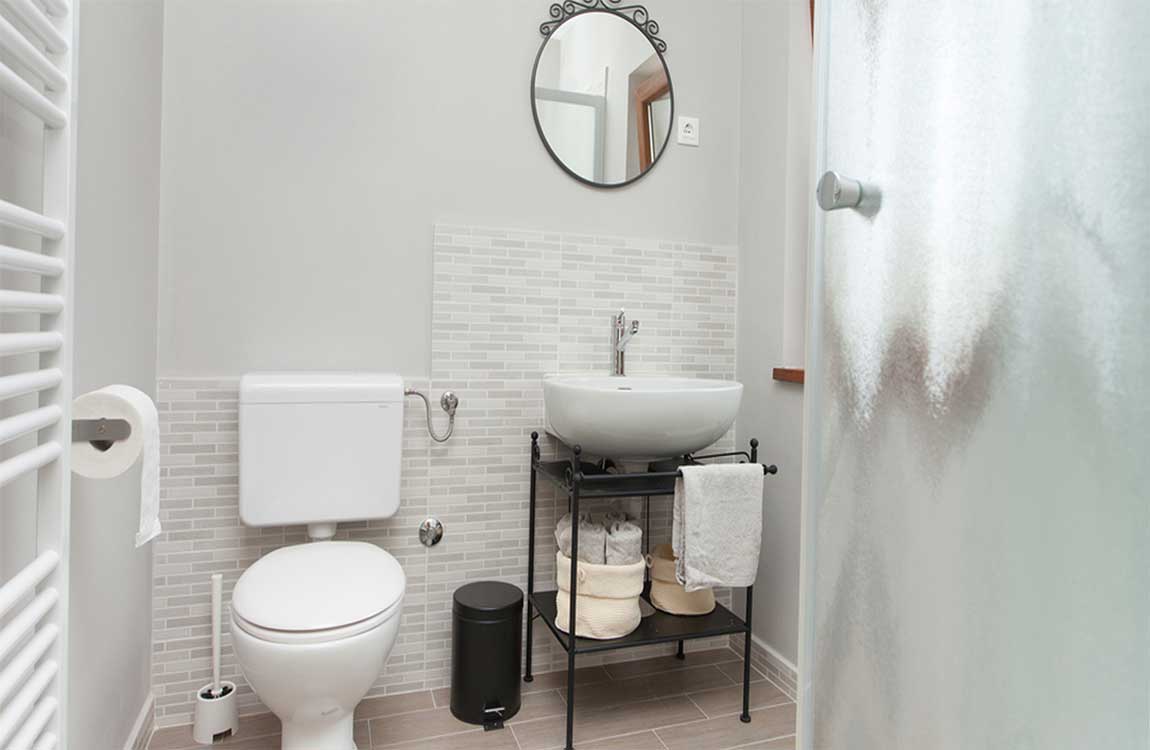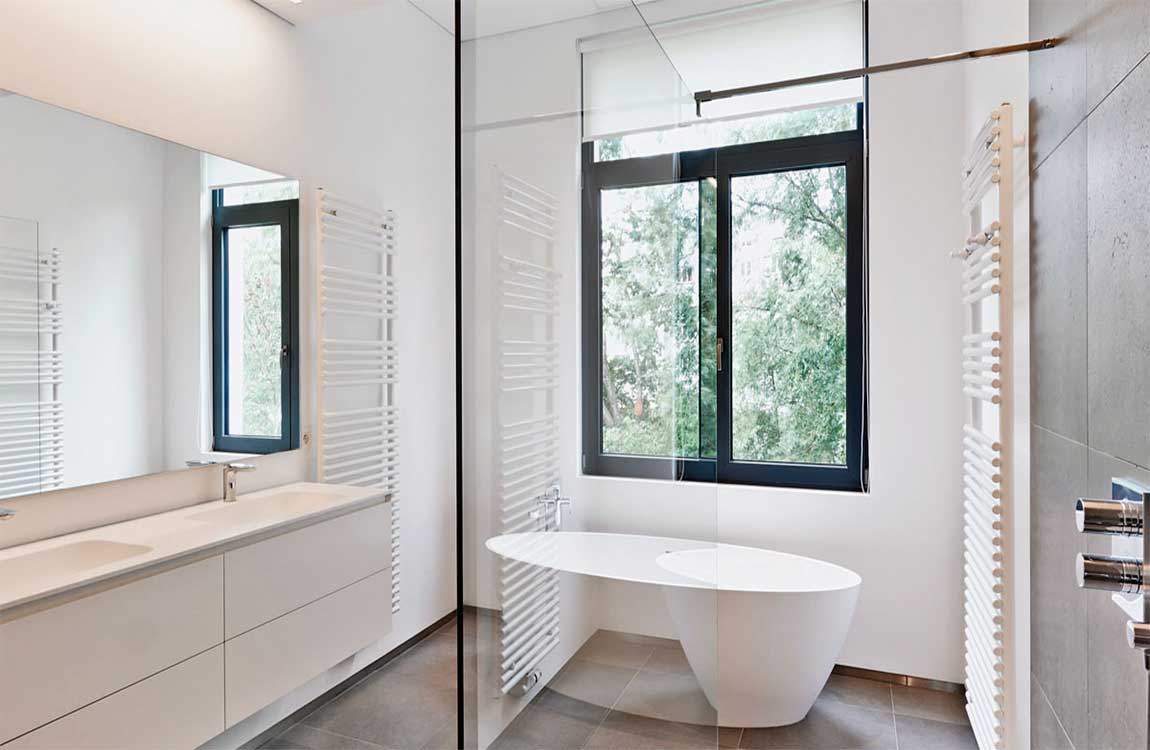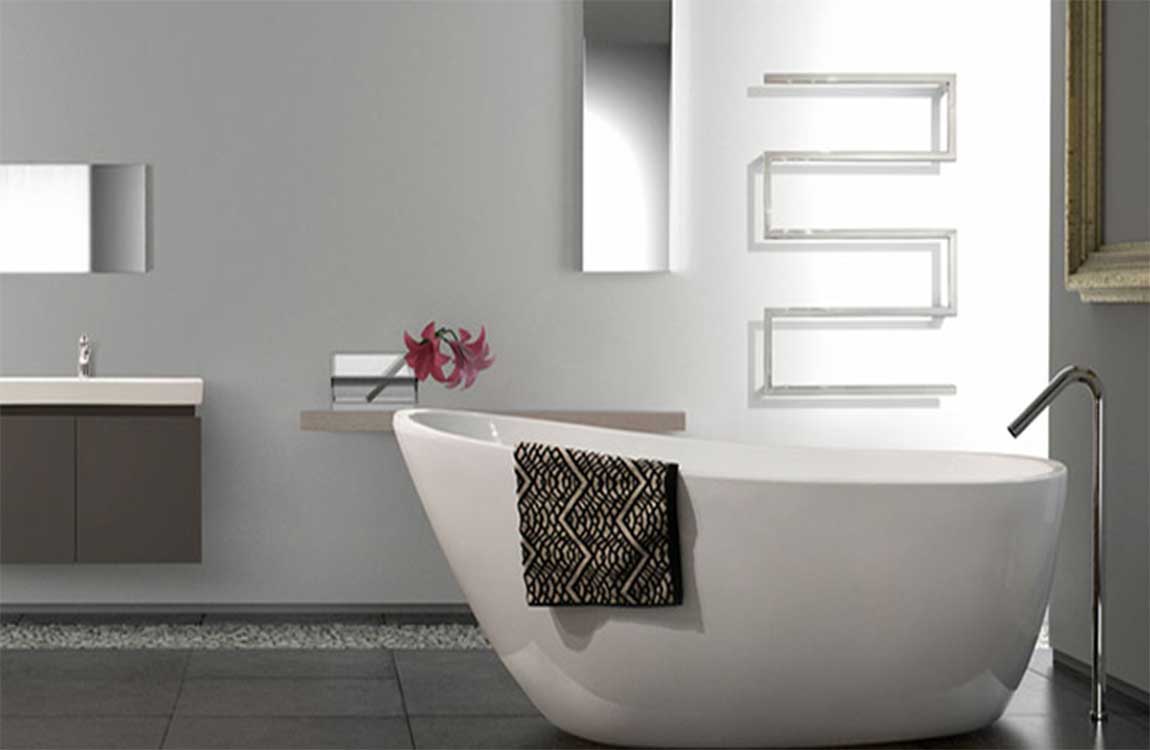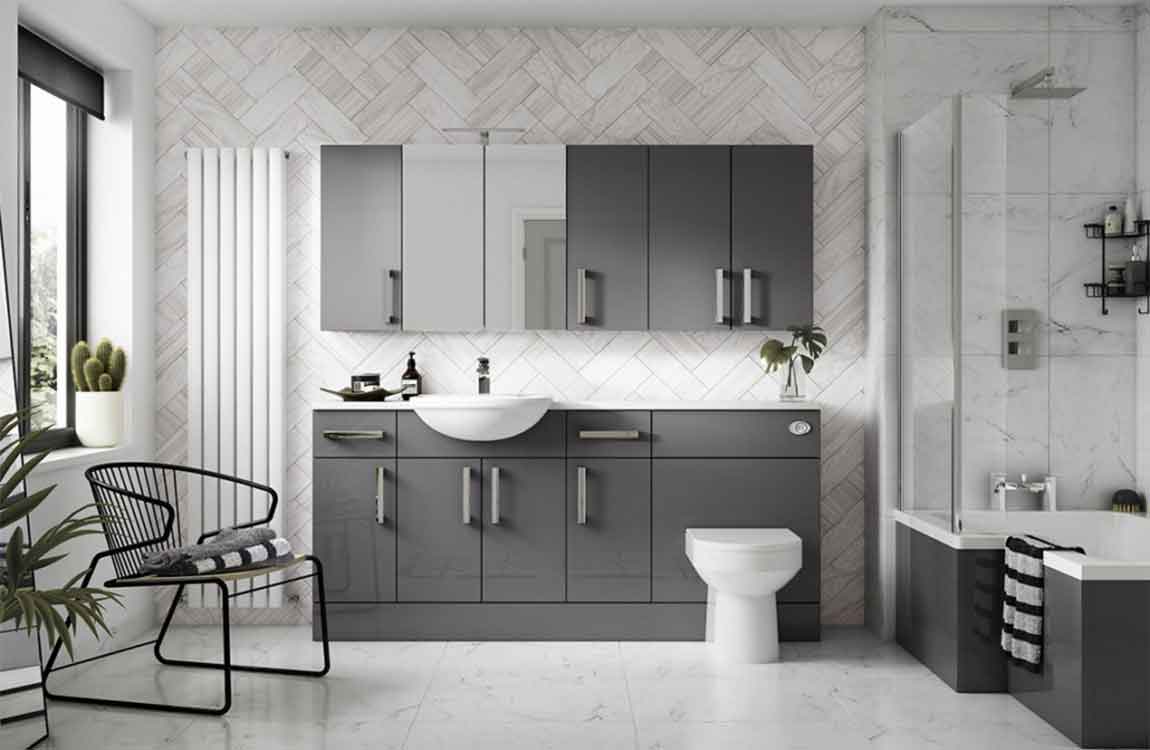How Submerging the Shower Head in Vinegar?

Disconnect the shower head from the shower. Check the instruction manual of your shower if you do not know how to do this. Many shower heads will simply twist off, but yours may be different. If you have recently installed a new shower head, and it has a warranty, make sure you handle it according to package instructions.

Pour white vinegar in a tub. Find a container or tub large enough to fully submerge your disconnected shower head. Pour enough white vinegar into the tub to completely immerse your shower head. Pour some baking soda into the tub. You should pour in about ⅓ of a cup of baking soda for every cup of vinegar that you pour into the tub. The solution should bubble.
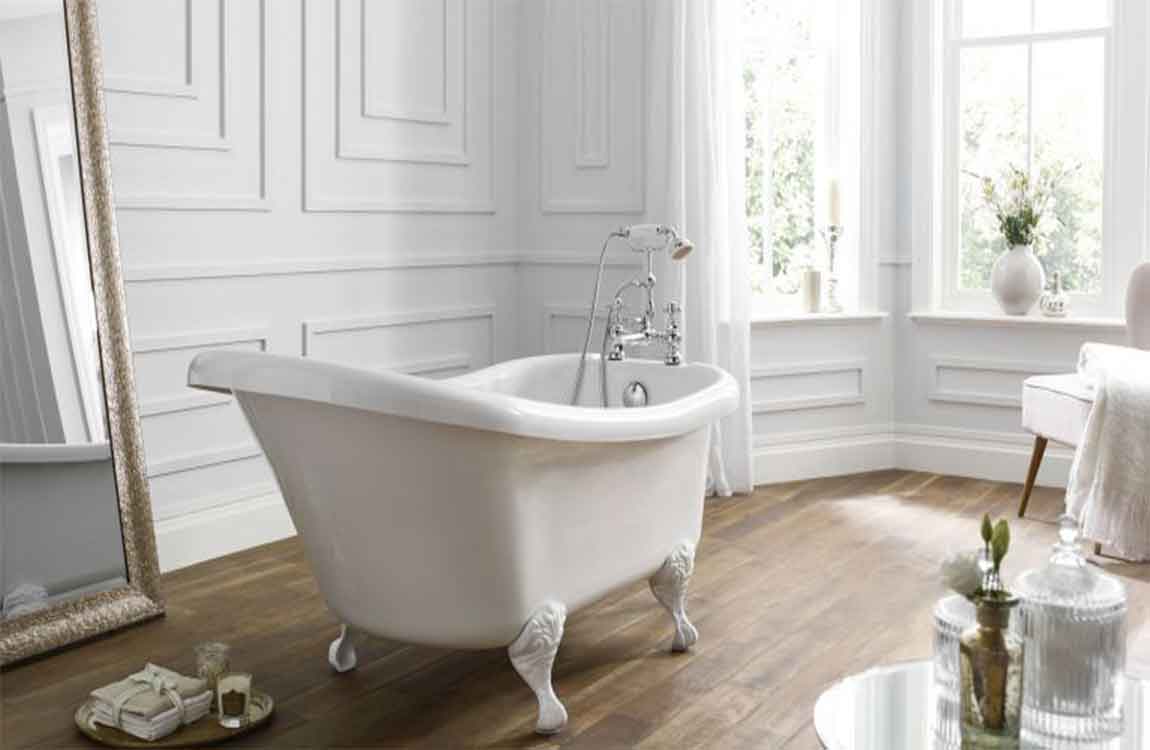
Put the shower head in the tub of vinegar. Completely immerse your shower head in the tub of vinegar. Make sure that it will stay submerged for at least an hour. Wait one hour. Leave your shower head soaking in the vinegar. You can also leave your shower head there overnight, if you want more of a deep clean.
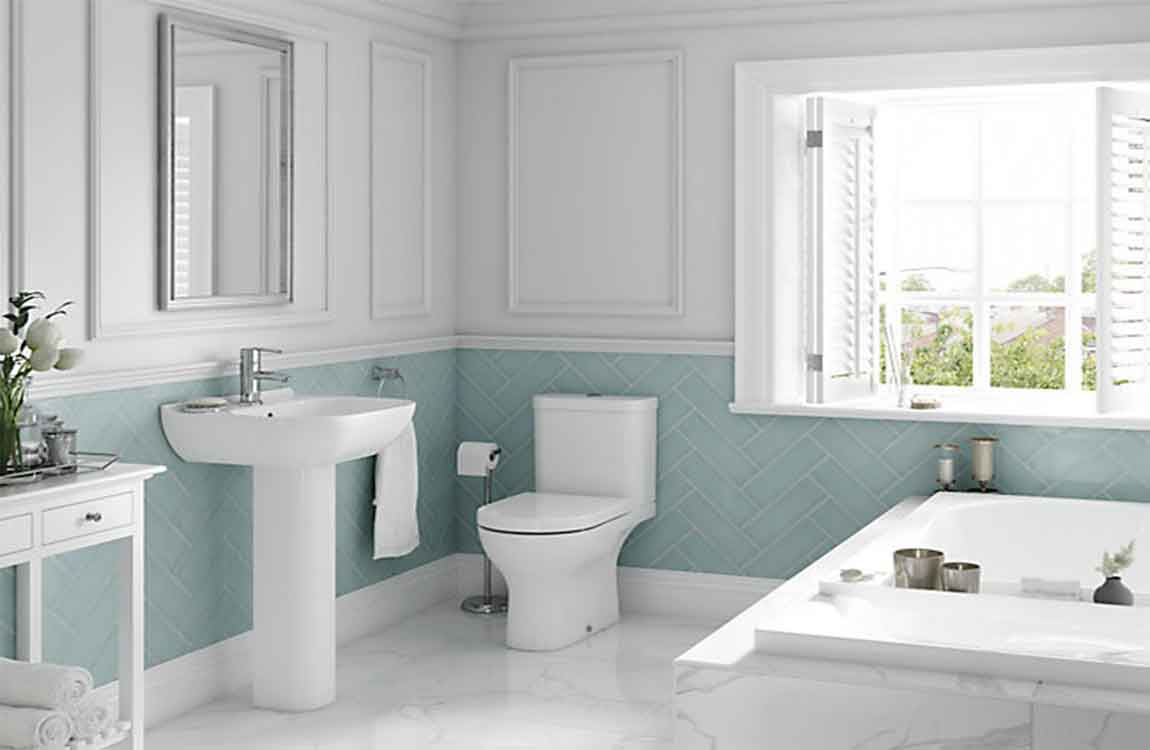
Rinse the shower head. Pour water from the sink onto your shower head. Rinse off the excess vinegar and wipe clean with a cloth. Turn on your sink faucet. Allow a strong stream of water to go through the pipe attachment into the nozzle. Let it run for 30 seconds. Reconnect the shower head. Turn on your shower. Let your shower run for a few minutes to get rid of any vinegar that might still be inside the shower head.

Wipe off excess sealer on the surface of your shower. Use a dry absorbent cloth to remove any excess sealer that pools on the top of your shower. Any excess sealer that’s pooled on the surface of your marble or that has not been absorbed must be removed for the health and appearance of your marble, as leftover sealer can stain it.


